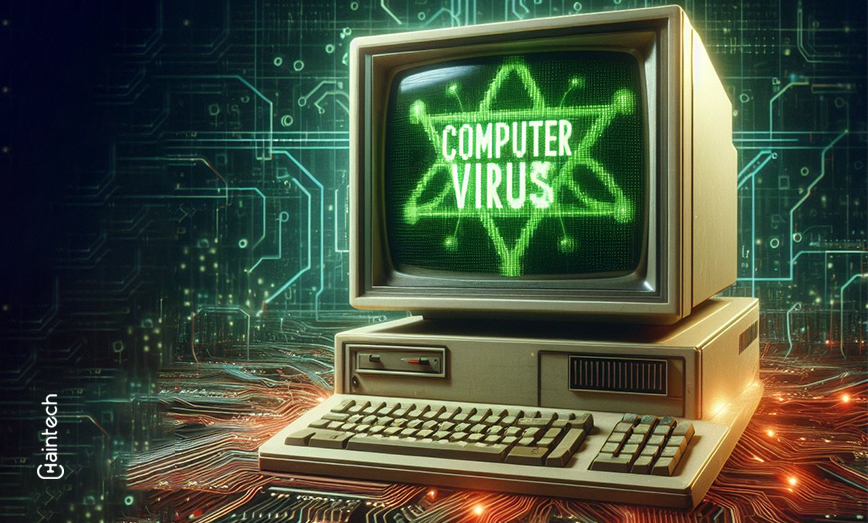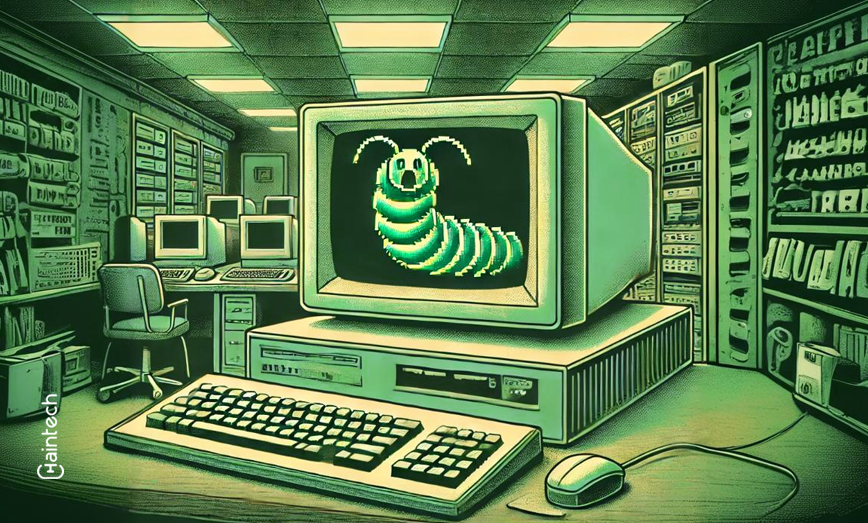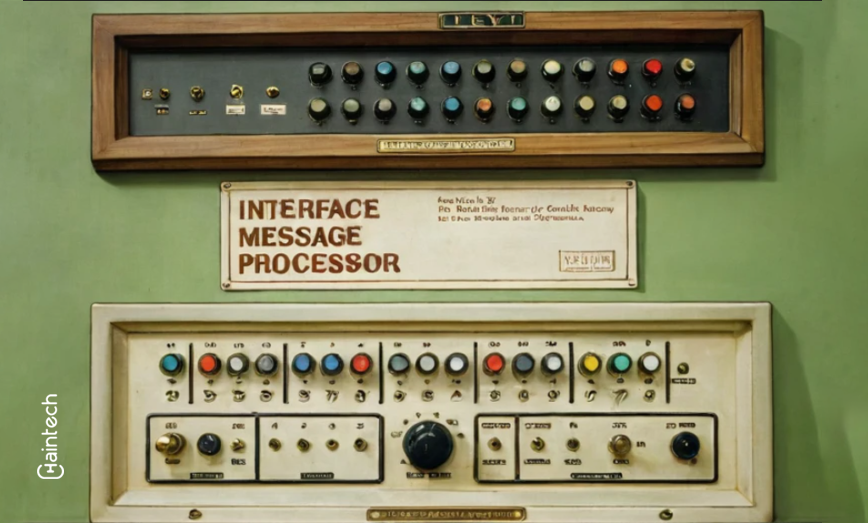Year 1983: Fred Cohen’s Demonstration Of A Computer Virus

Who Was Fred Cohen?
The term “computer virus” has become common in the 21st century, but its history traces back to the earliest days of computing. Since the inception of computers, individuals have been experimenting with creating and releasing malicious software. Notable examples include the RABBITS virus of 1969 and the Elk Cloner. These early viruses were the first vehicles for mischief and disruption.
However, a big bang moment in the history of computer viruses occurred in 1983, when Fred Cohen, often referred to as the “Godfather of Computer Viruses,” demonstrated a functioning computer virus during a seminar. This demonstration marked a significant milestone in the understanding and recognition of computer viruses as a serious threat to digital systems.

Fred Cohen’s Demonstration
Dr. Fred Cohen, then a graduate student at the University of Southern California, made a groundbreaking demonstration during a seminar in 1983. While instances of malicious software being unleashed as pranks had occurred before, Cohen’s demonstration marked a significant turning point. It was the first instance where a functioning computer virus was deliberately created and showcased, highlighting the potential dangers posed by such programs. This event not only underscored the reality of computer viruses but also played a role in popularizing the term “computer virus” itself.
To conduct his demonstration, Cohen embedded his proof-of-concept code into a Unix command. Within a mere five minutes of executing this command on a mainframe computer, he effectively gained control of the system. Subsequently, during four additional demonstrations, Cohen showcased his ability to gain control within an average of half an hour. It’s worth noting that despite the presence of security measures at the time, Cohen’s code managed to avoid them successfully.
Cohen’s demonstration of a computer virus was notable for its imitation of the behavior of biological viruses, a similarity first highlighted by his thesis advisor, Len Adleman. Adleman drew parallels between the process by which biological viruses attach themselves to hosts and utilize host resources for replication and the analogous behavior of computer viruses.
What Happened Next?
So now you all must be thinking what happened to the systems in which the virus was unleashed? Well, the systems remained unharmed. Precautions were meticulously implemented prior to the experiment, ensuring that no damage occurred, only the expected outcomes were observed. However, the virus’s propagation time was notably shorter than initially anticipated.
To mitigate the risk of unchecked virus spread, several measures were taken. Traces of the virus were deliberately included, and access controls were enforced during the infection process. Moreover, the code necessary for the attack was segmented, with each segment encrypted and protected to prevent unauthorized use. Upon completion of the experiment, all files were thoroughly “disinfected” to safeguard user privacy.
Cohen’s demonstration effectively underscored the genuine threat posed by computer viruses to cybersecurity. However, the revelation prompted a cautious response from system administrators. They decided to prohibit further computer security experiments on their systems, including plans for implementing trace elements to detect potential viruses and experimenting with password augmentation, which could have significantly enhanced security measures. Cohen termed this reaction as a “fear reaction,” where policy solutions were favored over technical solutions for technical problems.
The journey since the inception of computer viruses has been long, witnessing their evolution into increasingly dangerous forms. However, advancements in antivirus technology have paralleled this evolution. Early experiments such as Cohen’s have contributed to the development of effective strategies for combating malicious viruses. While they continue to pose challenges, today’s arsenal of defenses has improved our ability to address them more effectively.









